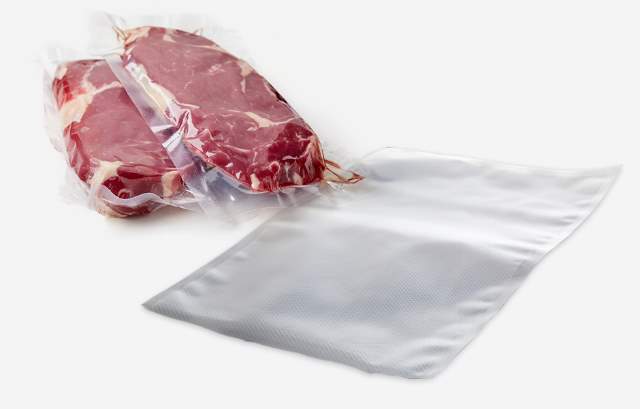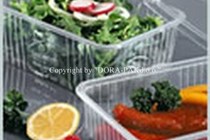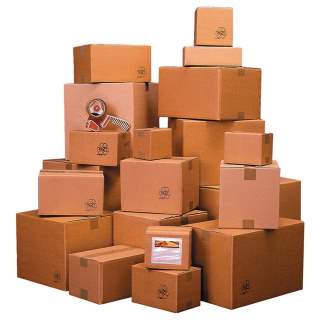
Customization and selection of packaging materials depends on several parameters, as well as the selection of the required packaging. Most often, we mention many other factors, related to the packaging of food and non-food products. So, here too we encounter the problem of differentiation and choice of packaging technology. We will try to simplify, and adapt these divisions, and some of them are:
1. Paperboard boxes
2. Corrugated boxes
3. Plastic boxes
4. Rigid boxes
5. Chipboard packaging
6. Poly bags
7. Foil sealed bags
8. Cardboard trays
9. Plastic trays,
10. Tin cans,etc....
In accordance with the nature of our production and offer of packaging materials, and machines for vacuum packaging, as well as machines for the so-called. general packaging, and fully automated packaging lines with elements of final logistics, we will look at the individual elements and procedures in this process.




Processing of personal data is any process or set of procedures performed on personal data, whether automated or non-automated, such as collecting, recording, organizing, structuring, storing, adapting or modifying, finding, inspecting, using, detecting, transmitting, disseminating or posting otherwise available, harmonizing or combining, restricting, deleting or destroying.
The policy applies to all services of DORA-PAK d.o.o. which include personal data processing activities in which DORA-PAK d.o.o. controller in the sense of the General Data Protection Regulation (Regulation of the European Parliament and of the Council of 27 April 2016 on the protection of individuals with regard to the processing of personal data and on the free movement of such data available at: http://data.europa.eu/eli / reg / 2016/679 / oj